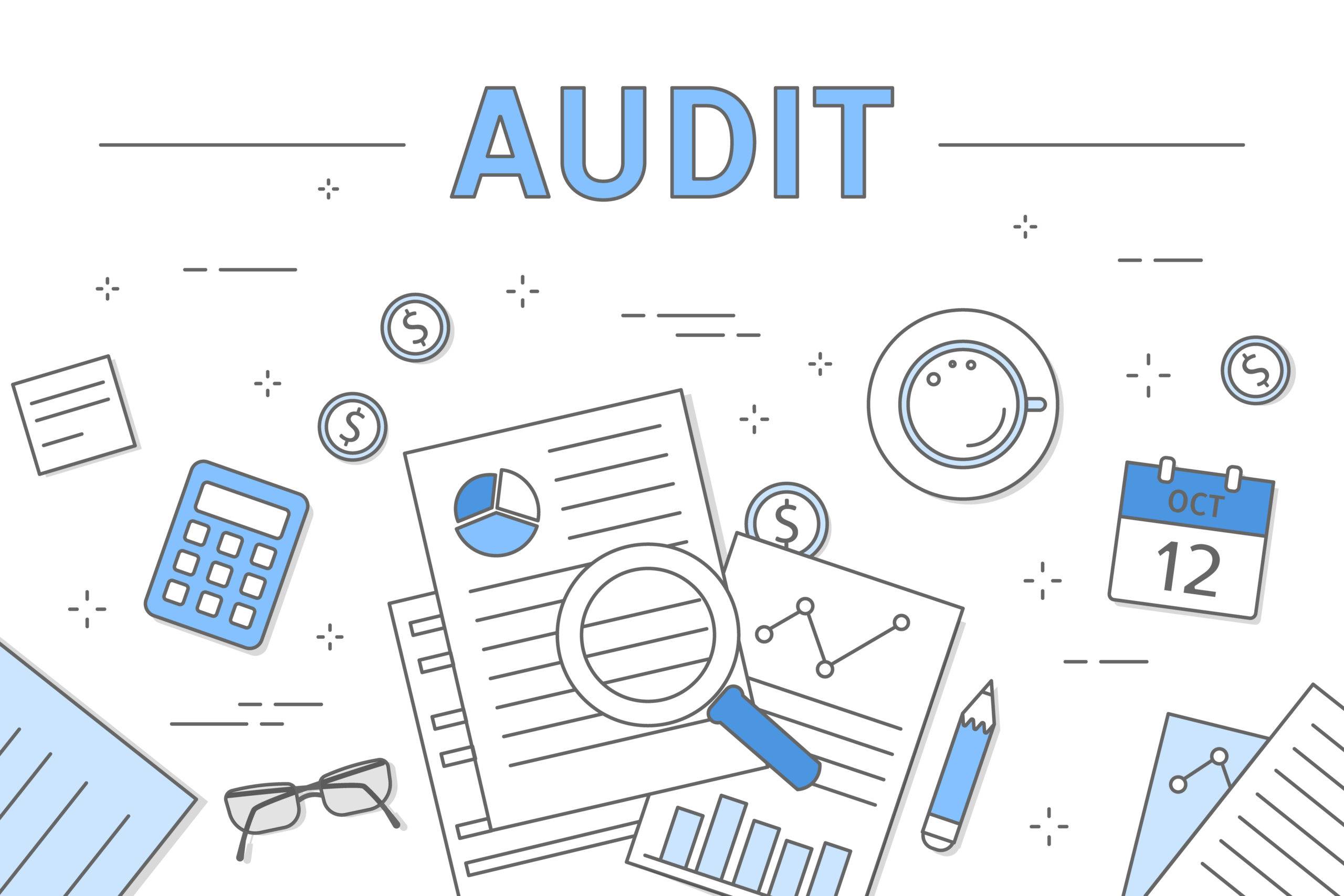
This article will give you a glimpse on the GST audit.
Let us first have a short brief on GST. GST is an indirect tax imposed on goods and services. It had been introduced with the regime “one nation, one tax”. It has subsumed all the indirect taxes which were in force before, except some state taxes. GST is a multi-staged tax as it is imposed at every step of the production process and it is meant to be refunded to all the parties in various stages of production other than the final consumer as it is destination-based tax. It is collected from the point of consumption and not the point of origin like previous taxes.

When a taxpayer has registered himself under GST, all the records maintained by him and all the returns filed by him are meant to go through the GST audit. Government is taking various measures for proper implementation of the GST regime and the GST audit is one such measure. GST audit makes full examination of full records and returns and other documents maintained by a GST registered person.
The main objective behind the GST audit is to ensure veracity of the declaration of information in records, to ensure correctness of the turnover declared, taxes paid, and refund claimed, input tax credit availed and to ensure their compliance with GST law, rules and procedures.
Eligibility for GST audit
As per Sec 35(5) of CGST Act, Every registered person whose aggregate turnover Exceeds Rs.2 Crores during a Financial Year should conduct GST Audit.
On August 1st 2019, Our Government had notified that every taxpayer, who has aggregate turnover more than 2 crore in a financial year under GSTR-9C form for annual GST audit, has to obtain a certification of audit.
Recent Changes Made In Return 9C and its Implications
- Option to show adjustment related to turnover as per Audited Financial Statement to the Turnover as per Annual Return:
As per the changes made, now taxpayers are not supposed to show details of adjustment in turnover like, turnover from April to June 17, deemed supply, section 15 adjustment, adjustment due to foreign exchange fluctuations, financial credit notes, unbilled revenue etc.
- Option to Show details in relating to ITC to be claimed/claimed in different Years:
The taxpayers have option to show ITC booked in earlier financial years claimed in current financial years (2017-18). Though this being the first year of GST audit, no amounts shall be appeared here but as per the notification which notifies GSTR 9C, amounts as appearing in Tran 1 shall be declared here. So, this row was not leading to any kind of exercise for auditors. So, here simplification was not needed.
Probably clarifying that whether the auditors are liable to verify the eligibility of the amount claimed in Tran 1 may help the auditors to plan audit and reporting accordingly.
- Expense Wise ITC made optional:
The Central Board of Indirect Taxes & Customs (CBIC) notified the amendments regarding the simplification of GSTR-9 (Annual Return) and GSTR-9C (Reconciliation Statement) which inter-alia allow the taxpayers to not to provide split of input tax credit availed on inputs, input services and capital goods and to not to provide HSN level information of outputs or inputs, etc. for the financial year 2017-18 and 2018-19.
The following information is now optional for taxpayers:
a) Reversal of ITC which as availed in the previous financial year and ITC availed during the previous financial year.
b) Refunds claimed, pending, rejected, and sanctioned during the year.
c) Tax demands, taxes paid and pending demands for the given year.
d) Supplies received via composition taxpayers, deemed supply (under section 143) and commodities sent on the basis of approval but not returned.
e) HSN- wise summary of outward and inward supplies.
Amendments Made in GSTR9C
SI. No. |
Table Number |
Existing |
Amendment |
|
1 |
5B to 5F (Turnover Part) |
Unbilled Revenue at beginning of FY & Unadjusted advances at the end of FY, Deemed Supply, Credit Notes issued after the end of FY but reflect in annual return and Trade discount accounted for but not permissible under GST are required to report separately in the given table number. |
For FY 2017-18 & 2018-19, taxpayers have an option to not fill this table. Report all such adjustment in Table 5O, namely adjustment in turnover not listed above. |
|
2 |
5G (Turnover Part) |
Turnover from April to June 2017 |
For FY 2017-18, taxpayers have an option to not fill this table. Report such adjustment in Table 5O, namely adjustment in turnover not listed above. |
|
3 |
5H to 5N (Turnover Part) |
Unbilled Revenue at the end of FY & Unadjusted advances at the beginning of FY, etc. are required to report separately in the given table number. |
For FY 2017-18 & 2018-19, taxpayers have an option to not fill this table. Report all such adjustment in Table 5O, namely adjustment in turnover not listed above. |
|
4 |
12B&12C (Inward Supplies) |
ITC booked in earlier FY claimed in current FY, ITC booked in current FY to be claimed in subsequent FY are required to report separately in the given table number. |
For FY 2017-18 & 2018-19, taxpayers have an option to not fill this table. |
|
5 |
14 (Expense wise details) |
Details of ITC availed on account of purchases; freight, bank charges, etc. are required to report separately. |
For FY 2017-18 & 2018-19, taxpayers have an option to not fill this table. |
Amendments in Certification
SI. No. |
Existing |
Amendment |
|
1 |
Particulars given in the form GSTR 9C are true and correct… |
Particulars given in the form GSTR 9C are true and fair… |
If need any assistance in filing 9C Statement of your company, please feel free to reach us at contact@msassociates.pro or call us on 080-41633750 or 9880542668.
Recent Posts
- Finance Bill, 2024 – Indirect Taxation July 23, 2024
- Finance Bill, 2024 – Direct Taxation July 23, 2024
- Understanding the Taxation of Different Gold Investment Options May 22, 2024
- Finance Bill, 2024 – Proposed Amendments February 1, 2024
- Finance Act, 2023 GST related Amendments August 9, 2023


